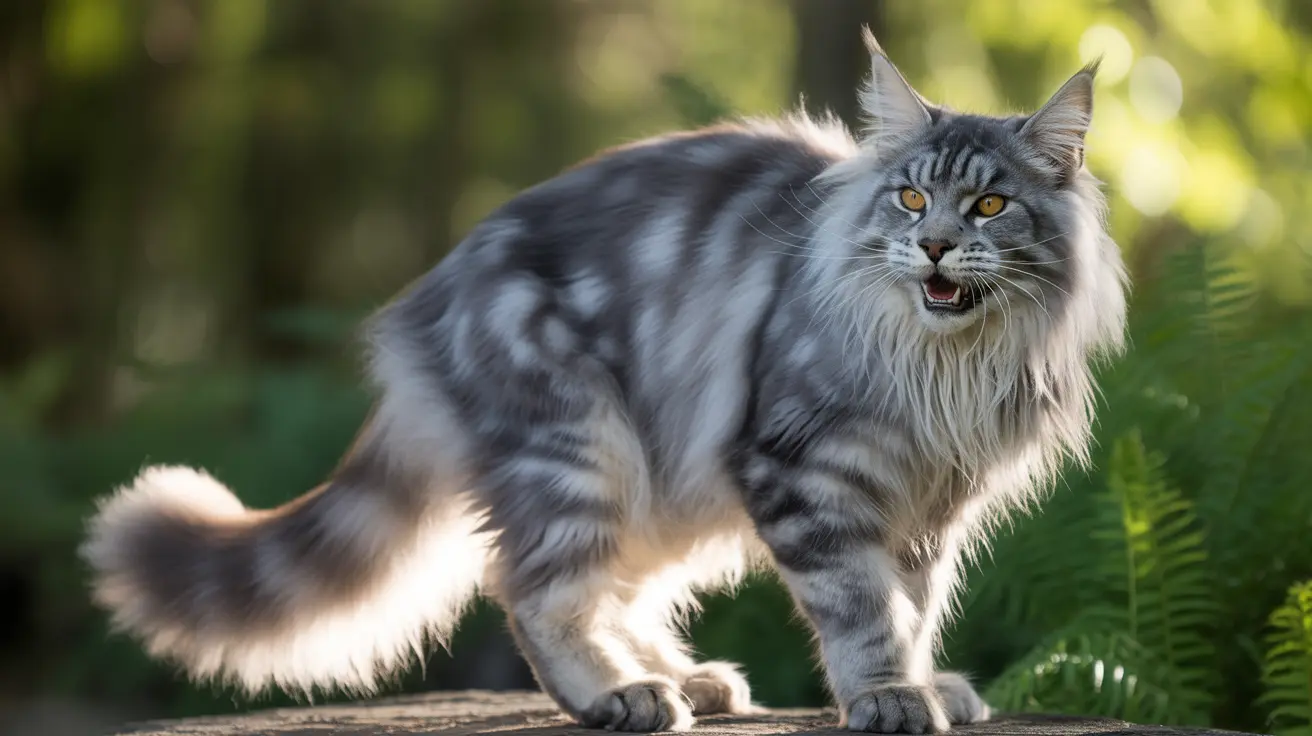Understanding the Aggressiveness and Temperament of the Kangal Shepherd Dog
The Kangal Shepherd Dog, originally from the Sivas Province in central Turkey, is widely regarded as one of the most powerful and protective dog breeds in the world. Though it earns a reputation for being 'aggressive' due to its effectiveness as a livestock guardian and unmatched bite force, its temperament is better described as calm, loyal, and territorial rather than aggressive in the traditional sense.
Origin and Purpose
Historically, Kangals have been bred for centuries to protect flocks of sheep and goats from dangerous predators including wolves, bears, and jackals. This breed’s instincts for protection and leadership were honed through generations of practical work. Because of their vigilance and skill in doing so independently, they've become symbolic of Turkish shepherd tradition and culture, even being celebrated on Turkish postage stamps and currency.
Physical Attributes
- Size: Males can weigh up to 145 lbs and stand 28–34 inches tall; females are slightly smaller.
- Coat: Thick double coat that insulates against hot and cold weather, generally fawn or cream in color with a distinctive black mask.
- Tail and Head: Curved tail when alert and a large, muscular build with a strong head.
Behavior and Temperament
Kangals are independent thinkers with high intelligence. While their ability to make quick decisions on their own makes them excellent livestock guardians, their strong will demands experienced handling.
- Loyal and Territorial: While extremely dedicated to their families and flocks, they are naturally wary of strangers.
- Protective but not Dangerous: They do not show aggression unnecessarily; rather, they deter threats through presence and action only when needed.
- Family Companions: They are gentle with children if socialized early, but their size necessitates supervised interactions with small kids.
Training and Socialization
Due to their strong, working instincts and size, Kangals are not suitable for first-time dog owners.
- Training Requirements: Obedience training and positive reinforcement are crucial to successfully managing the breed.
- Early Socialization: Helps reduce undesired territorial behavior, particularly around other pets or unfamiliar humans.
- Consistency: Requires calm but firm training and clear rules from an early age.
Exercise and Living Conditions
This is a breed that thrives in rural or farm environments but will struggle in cramped city apartments.
- Daily Activity: Needs at least 1–2 hours of exercise, including room to run in a fenced area.
- Mental Stimulation: Ongoing challenges and patrols help prevent boredom-related behaviors.
- Destructive Tendencies: Without adequate activity or purpose, they may bark excessively or become destructive.
Grooming Needs
Kangals are relatively low-maintenance when it comes to grooming.
- Brushing: Weekly most of the year, more often during seasonal shedding (spring and fall).
- Bathing: Rarely needed due to their coat’s natural resistance to dirt.
- Basic Care: Includes nail trimming and dental hygiene.
Health Considerations
The Kangal is a generally robust breed but can be susceptible to certain conditions.
- Common Issues: Hip and elbow dysplasia, entropion (eyelid condition), and gastric dilation (bloat).
- Lifespan: Typically ranges from 10 to 15 years.
- Breeding: Ethical breeding practices and health screenings are crucial.
Interactions with Other Animals and Children
While Kangals are often gentle and even nurturing toward young family members, careful early socialization determines their behavior.
- With Children: Protective yet should be supervised due to their size.
- With Other Pets: Can coexist with pets when raised together but likely to assert dominance over unfamiliar animals.
Working Roles and Conservation
Kangals are not just protectors on Turkish farms. They’ve been successfully introduced into African countries like Namibia and Kenya to reduce conflict between livestock and predators such as cheetahs, aiding wildlife conservation efforts.
Distinction from Anatolian Shepherds
It’s important not to confuse the Kangal with the Anatolian Shepherd Dog, often used as an umbrella term in the U.S. for Turkish livestock guardians. However, Turkish breeders and authorities maintain clear separation between the two, noting Kangals as the purebred standard.
Conclusion
Although often labeled as aggressive, the Kangal Shepherd Dog is more accurately described as a fiercely loyal, intelligent, and territorial breed with unmatched guarding instincts. When placed in appropriate environments and guided by experienced owners, Kangals can be devoted, calm, and incredibly effective protectors—of both people and livestock.





